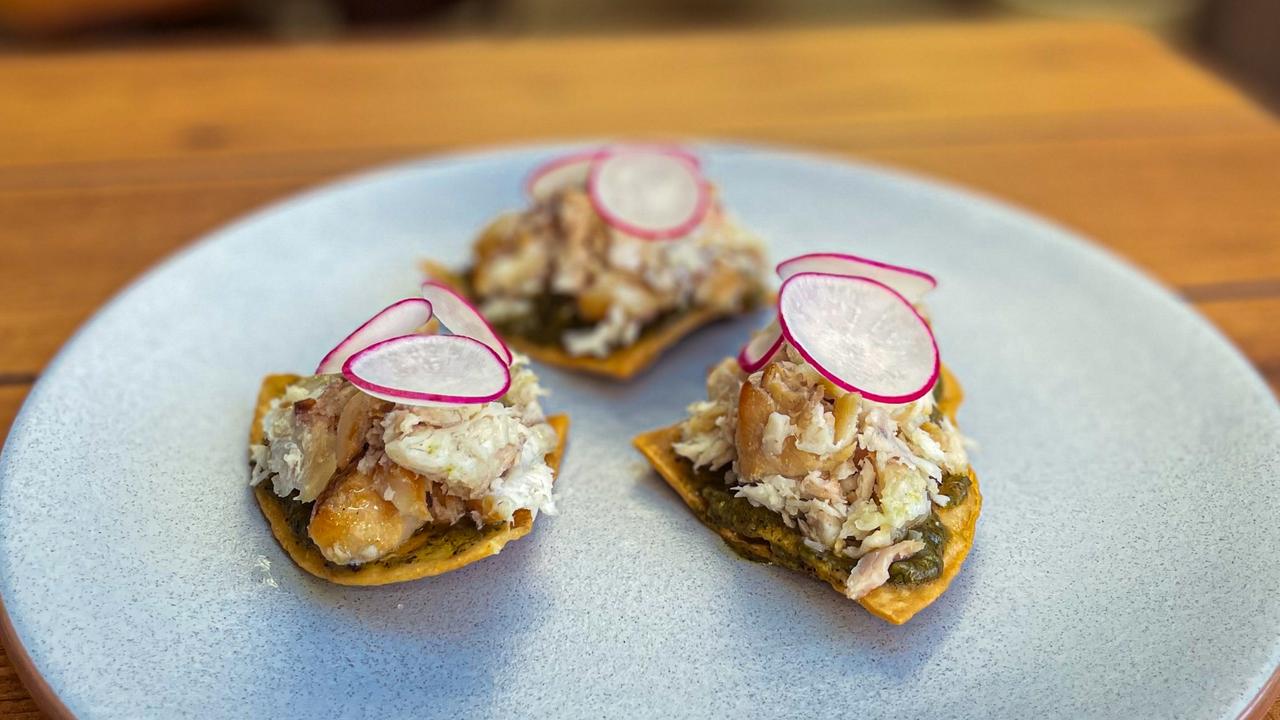Glen Ewin Estate | SA Weekend restaurant review
Over a century ago, it was renowned for its jams. Glen Ewin Estate has changed dramatically, but this restaurant retains its sweet spot.
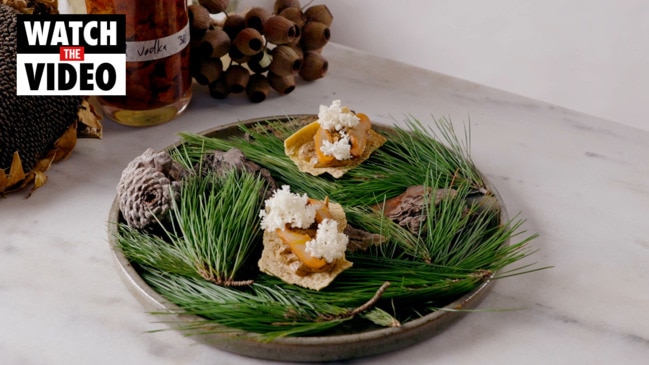
SA Weekend
Don't miss out on the headlines from SA Weekend. Followed categories will be added to My News.
Glen Ewin Estate has long been associated with the sweeter things in life. Back in the late 1800s, it was winning prizes for its jams at shows around the globe. More recently, under the custodianship of the Wauchope family, it has been best known for its crop of figs and production of beverages and related products.
All this history, and proclivity for a little sweetness, are wrapped up neatly in a restaurant and cellar door at the entrance to the property in the foothills at the northeastern fringes of the metropolitan area.
While many of Glen Ewin’s buildings, particularly the original Pulpshed, are heritage pieces, the Gatehouse is a contemporary addition, albeit one with an eye to the past.
The structure includes large areas of reclaimed red bricks and features a pressed metal dome and turret at the front that could have been taken from Game of Thrones. A print inside the door shows the certificate awarded to McEwin and Sons for jams entered at the Paris “Exposition Universelle de 1878”.
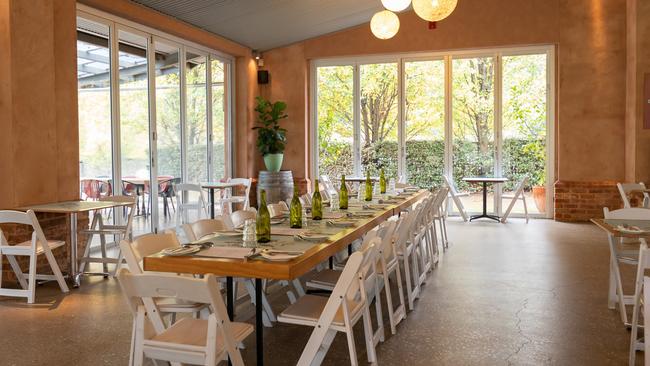
The dining area is huge, with a high raked ceiling and sliding doors that open to a deck beside a lake with resident ducks. Another door leads to lawns and an arbour of oaks and other deciduous trees that are bare of leaves over winter. Photo opportunities and weddings and other large functions are clearly the main game here. Fortunately, with surprisingly effective heating overhead and equally warm service, the empty seats around us are easily forgotten.
Chef Jason Theng was born and trained in Malaysia before coming to Australia 11 years ago, and had spent time at the Art Gallery, Press and Georges before taking over the Glen Ewin kitchen. His winter menu weaves together all these experiences, as well as the Asian heritages of other team members, while also including house-made fig products in as many ways (arguably too many ways) as possible.
With so many thoughts thrown together, the results can be a little uneven, but the cooking has way more interest than the predictable beef/chicken approach of many places where functions are big business.
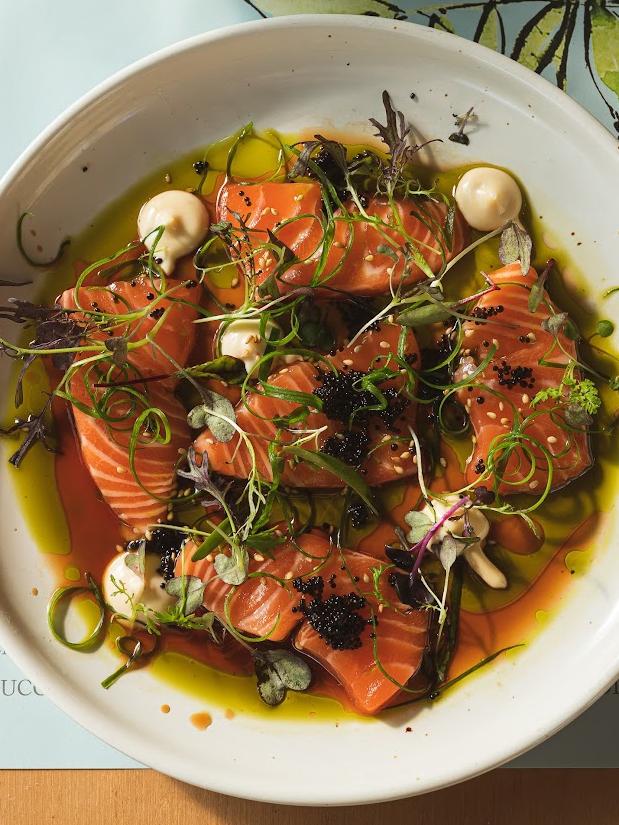
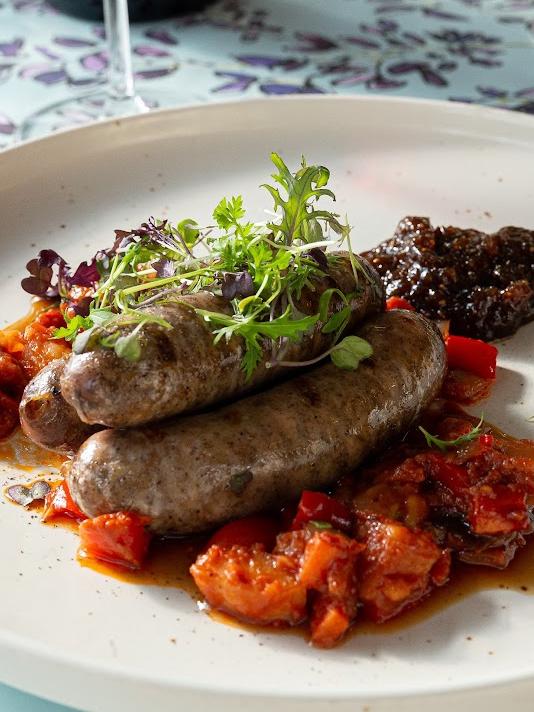
Salmon is cut to order for sashimi that is spread across a plate with a dressing of soy and ginger sauce, blobs of aioli, a scattering of teeny black flying fish roe and a final drizzle of fig leaf oil. The quality of the fish and its textural interplay with the roe makes it a pleasure to eat.
Thick slices of sourdough studded with dried fig accompany a cold tasting plate including pickled vegetables, olives, an intense sweet/sour fig relish and a pork compilation that is somewhere between the rillettes of French charcuterie and Filipino “sisig”, in which minced belly and other piggy bits are sizzled.
A tomato-based “afritada” stew, also from the Philippines, accompanies sausages of ground duck, moistened with gin, made specially for Glen Ewin.
Grilled sirloin slices are finished with an aromatic cumin and bay-leaf compound butter, the spicing inspired by the lamb grilled in northern China, and a nicely balanced jus with a hint of fig sweetness.
A Chinese influence extends to the salted and dried mustard greens that are rehydrated and cooked with onion and red cabbage to make an unusual but effective accompaniment to a block of roasted pork belly with crackled skin and melting flesh.
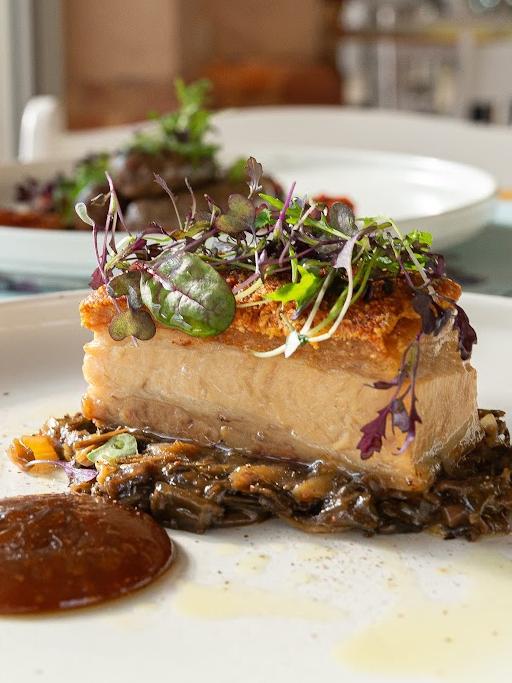

A jiggly panna cotta infused with pandan leaf comes with whirls of caramelised coconut cream and toasted brioche, a combination based on a coconut jam Theng remembers fondly from his Malaysian upbringing.
The other dessert, a steamed dome of sticky rice and dried figs, with a fig leaf anglaise, is intriguing, with the texture of a slightly glutinous pudding and the flavour nutty.
It’s figs and jam, again, but viewed in a way that Glen Ewin’s founding fathers, for all their worldly ambitions, couldn’t possibly have imagined.





